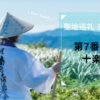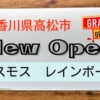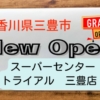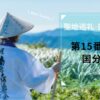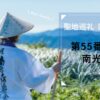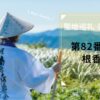【Japan tourism】Shikoku 88 temple pilgrimage [No.8] Humyouzan sinkouin kumadani-ji
At Kumadani-ji Temple, you will be greeted by the largest wooden temple gate and pagoda in Shikoku sacred grounds. Cherry blossoms are a specialty, and it is said that the lord of the Awa Tokushima feudal lord came to see the cherry blossoms.
Kumayadani-ji
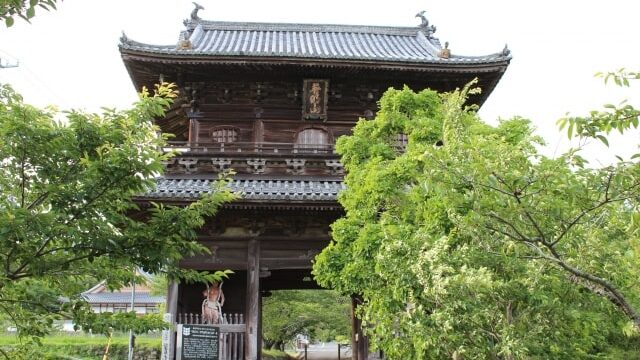
| Principal image | Senju Kannon Bodhisattva |
| Honzon mantra | On bazaratarama kiriku |
| Denomination | Koyasan Shingon Buddhism |
Place
Official site: none
Temple lodging: none
Phone:088-695-2065
〒771-1506
185 Maeda, Donari-cho, Awa City, Tokushima Prefecture
Goshuin(red seal)
Please wait a moment until the image is uploaded.
History
In 815 (Konin 6), when Kobo Daishi was training in Akagadani, the Kumagai Gongen of Kishu appeared and said, “( Eternally save the sentient beings of the end of life)," and handed him a gold Kannon Bodhisattva statue measuring about 5.5 cm, and it is said that he departed into the void.
It is said that Kobo Daishi carved a life-size statue of Senju Kannon, placed the gold statue in the womb, and built a hall there to make it the principal image of worship. There is a description on the bottom of the foot that 126 grains of Buddha’s ashes are placed in the hair of the Senju Kannon statue. And there is a description in an old book from the Edo period that the statues of Fudo Myoo and Bishamonten were enshrined together.
In 1927 (Showa 2), the main hall and principal image were destroyed by fire. In 1971 (Showa 46), the hall was completed, and the consecration ceremony for the newly created principal image was held. The seated statue of Kobo Daishi, made in the Muromachi period, is enshrined in Daishido, and is a cultural property designated by Tokushima Prefecture.
Highlight
【Niomon】It has one of the largest Niomon gates in Shikoku, which is a designated cultural property of Tokushima prefecture. It is an eclectic style of Japanese style and Chinese style with a frontage of 9m and a height of 13.2m.It is also a public road, so cars can pass. On the second layer, a richly colored celestial maiden is drawn. The Niomon Gate, which was built in 1687 (Jokyo 4) during the Edo period, was spared from being destroyed by fire, and boasts the greatest dignity of the Shikoku sacred grounds.
【Tahoto Pagoda】Built in 1774 (Anei 3). This Tahoto pagoda is one of the largest in Shikoku with a height of 20.7m. Inside, the four Buddhas of the Kongokai are enshrined on the four sides, centering on the statue of Dainichi Nyorai of the Womb Realm.
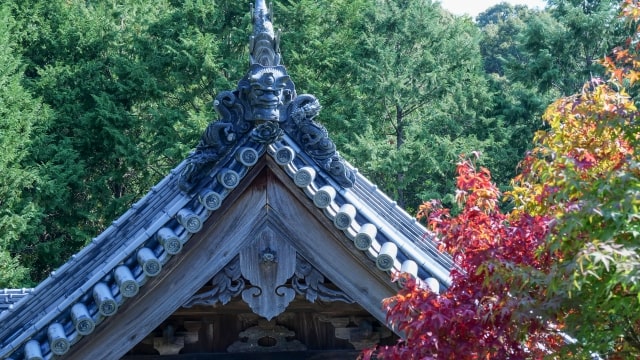
【roofing tile】
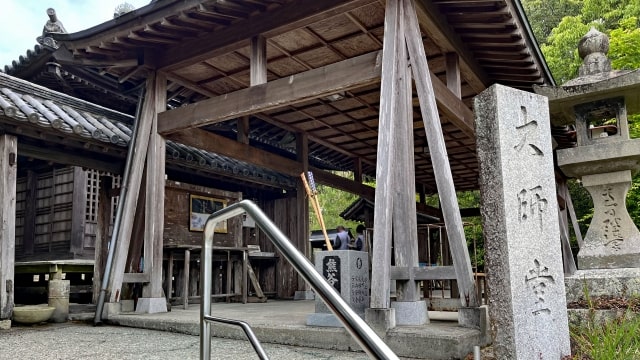
【Daishi Hall】Built in 1707 (Hoei 4), it is designated as a prefectural cultural property.
It is located on the left side of the main hall, at the end of the 36 stone steps.
It is about 3 km (about 10 minutes by car) to the next 9th temple, Horinji!

